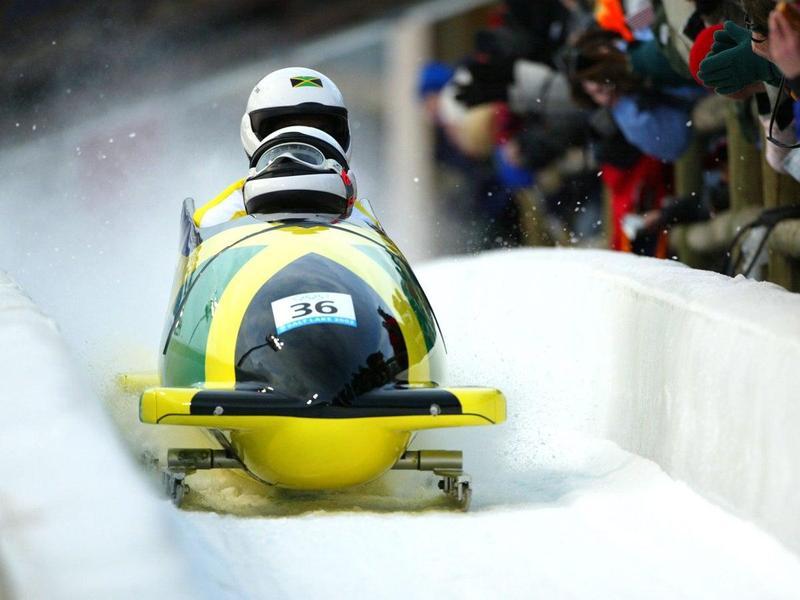What Is Bobsledding And How Does It Work?
What Is Bobsledding And How Does It Work?
Tobogganing additionally called bobsleighing, the game of sliding down an ice-covered common or fake grade on a four-sprinter sled, called a sled, bobsleigh, or weave, that conveys either two or four people. Tobogganing was created during the 1880s both in the stumbling towns of upstate New York and at the ski resorts of the Swiss Alps. The previously coordinated rivalry (among groups comprising of three men and two ladies) was held in 1898 on the Cresta Run at Saint Moritz, Switzerland. The game acquired its name after rivals received the strategy of weaving to and fro to speed up the sled. In 1923 coasting turned into a universally perceived game with the association of the Fédération Internationale de Bobsleigh et de Tobogganing and with its incorporation in the primary Olympic Winter Games at Chamonix, France, next year. Since 1931 both two-man and four-man big showdown rivalries have been held yearly, besides during World War II. Although ladies have partaken in tobogganing since the game’s creation, global rivalry for ladies didn’t start until the 1990s. The ladies; two-man sled occasion made its Olympic presentation in 2002. The gold award for the debut ladies; occasion went to Jill Bakken and Vonetta Flowers of the United States. Blossoms were the primary dark competitor to win an Olympic gold decoration at the Winter Games. The weave run utilized in the global rivalry is somewhere in the range of 1,200 and 1,600 meters (1,312 and 1,750 yards) in length, with a normal slant of somewhere in the range of 8 and 15 percent. There are by and large from 15 to 20 turns for each course, running in size up to gigantic barrettes of more than 180°. Most weave runs have lasting establishments of concrete or stone, which are covered with a few crawls of ice. The straightaways have sidewalls of strengthened ice around 46 cm (18 inches) high. The huge turns are banked steeply, developed as high as 6 meters (20 feet), and may have an overhanging lip of ice to forestall the quick voyaging toboggans from flying out of the turn. Early toboggans were fabricated generally of wood. Steel sprinters were embraced inside a couple of years and, by the mid-twentieth century, steel and aluminum were utilized all through. The four sprinters are for the most part mounted two by two on two axles. Controlling is defined by turning the front pivot either with ropes or by a wheel connected to the hub by links. The brake is a toothed bar that is squeezed against the ice between the back sprinters.
Hustling toboggans have a smoothed out cowling before the driver to lessen wind obstruction. Two sorts are utilized: two-man bomblets, as they regularly are brought in Europe, and four-man bobsleighs. Rules limit consolidated group and sled loads to 390 kg (860 pounds) and 630 kg (1,389 pounds), individually. The most extreme group and-sled weight for the two-ladies rivalry is 350 kg (770 pounds). Other sled measurements are likewise indicated.
The beginning of the race is critical to a group’s prosperity. Riders, wearing cleated shoes, run close by the sled, pushing it to accomplish the most extreme speed. As it assembles speed, the riders hop in, the driver in front and the brakeman, pushing the rear of the sled, entering last. The heavier four-man sleds
accomplish speeds moving toward 160 km (100 miles) every hour; the more modest, lighter two-man sleds are just somewhat more slowly. A race comprises of four drops by each group, the absolute time for the four warms deciding the champ. Electric planning hardware estimates slipped by an ideal opportunity to 0.01 second.
To a great extent because of their inventive sled plan and development, bobsledders from the United States were both fruitful and compelling during the principal half of the twentieth century. From that point, forward groups from Germany and Switzerland have overwhelmed global rivalry.
Be the first to post a message!
